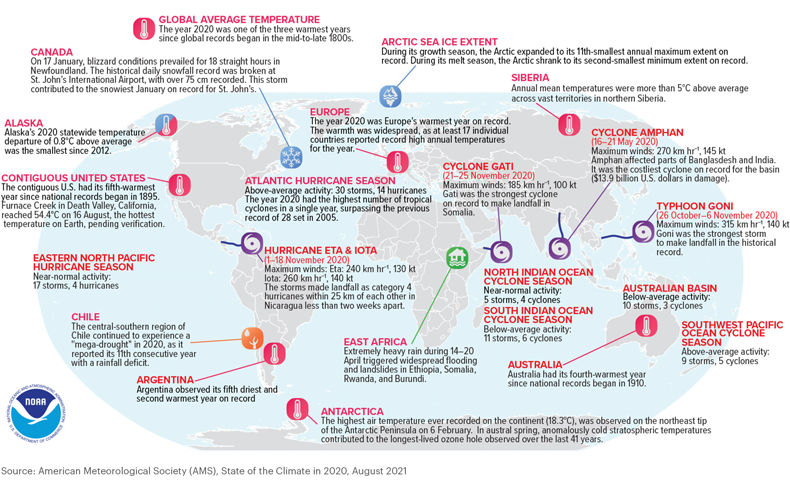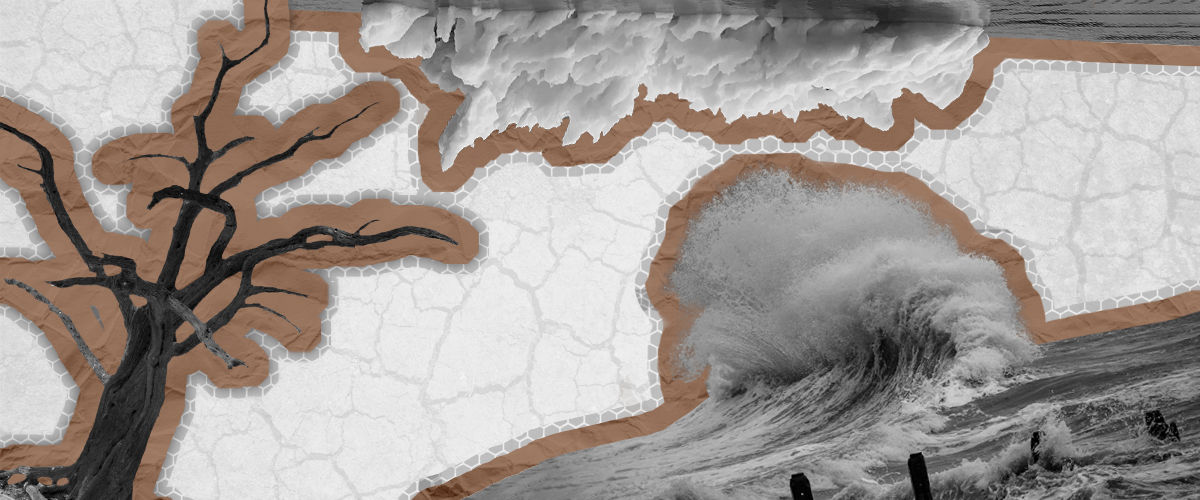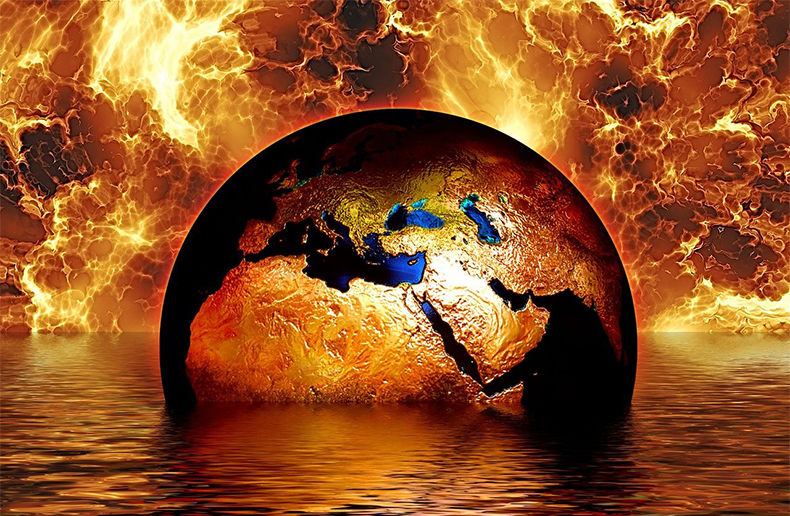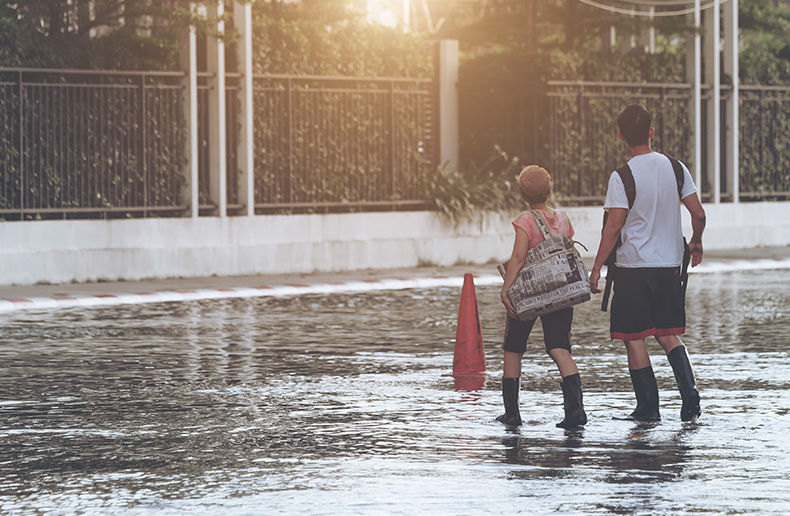State of the Climate in 2020, a report produced by the American Meteorological Society (AMS), compiles statistics and information for 2020. Its content echoes the latest Intergovernmental Panel on Climate Change (IPCC) and World Meteorological Organization (WMO) reports: The situation is alarming.
COVID-19-related lockdowns and a 6 to 7 per cent reduction in man-made gas emissions failed to reduce atmospheric carbon dioxide concentrations last year.
Around the globe, 2020 was the second hottest year after 2016. Yet this warming is not homogeneous: It is subject to complex regional variations. Climate anomalies have been identified all over the world, and several records have been broken. The effects of climate change are quite varied. Some regions experienced droughts and extreme heat. For example, Europe saw the hottest year in its history, and in eastern Africa, drought led to a locust infestation and subsequent famine.
Other areas saw torrential rain, heavy snowfall, hurricanes or storms. In many places, rising sea levels caused flooding and soil erosion. In 2020, the average temperature in the Arctic was the highest it has been in the 121 years since records have been kept. In fact, the warming of the Arctic sparks has a domino effect on the warming of the whole planet. Ice in the region continues to shrink dramatically. The sea route around the Arctic and the North Pole was ice-free for two and a half months last summer, more than double its usual duration.
Philippe Gachon, a professor of hydroclimatology at UQAM's ESCER Centre, finds it unacceptable that this situation was ignored in the current election campaign. He calls the way the party leaders are treating the problem “indecent.” “Our governments need to size up the situation to take real action. And we need a collective vision. This is the last chance election, or there will be an impossible backlog. We cannot extract oil (in a very energy intensive way) that is twice as polluting as the others!”
He is not surprised by the data in this AMS report, but is deeply dismayed by the fact that it is not making ripples in the media.
The only good news in this report is that natural disasters have caused fewer deaths in recent decades. This is because people have learned to protect themselves better and warnings have improved.
Founded in 1919 in Massachusetts, the AMS began with a few hundred meteorologists in the United States. Today, its 12,000 members comprise researchers, students, teachers, communicators, and other professionals in atmospheric sciences, oceanography, and hydrology. The Society publishes several specialized scientific publications on these subjects and a general monthly newsletter since 1920. It also offers certification programs to media forecasters, meteorologists, and educators.











